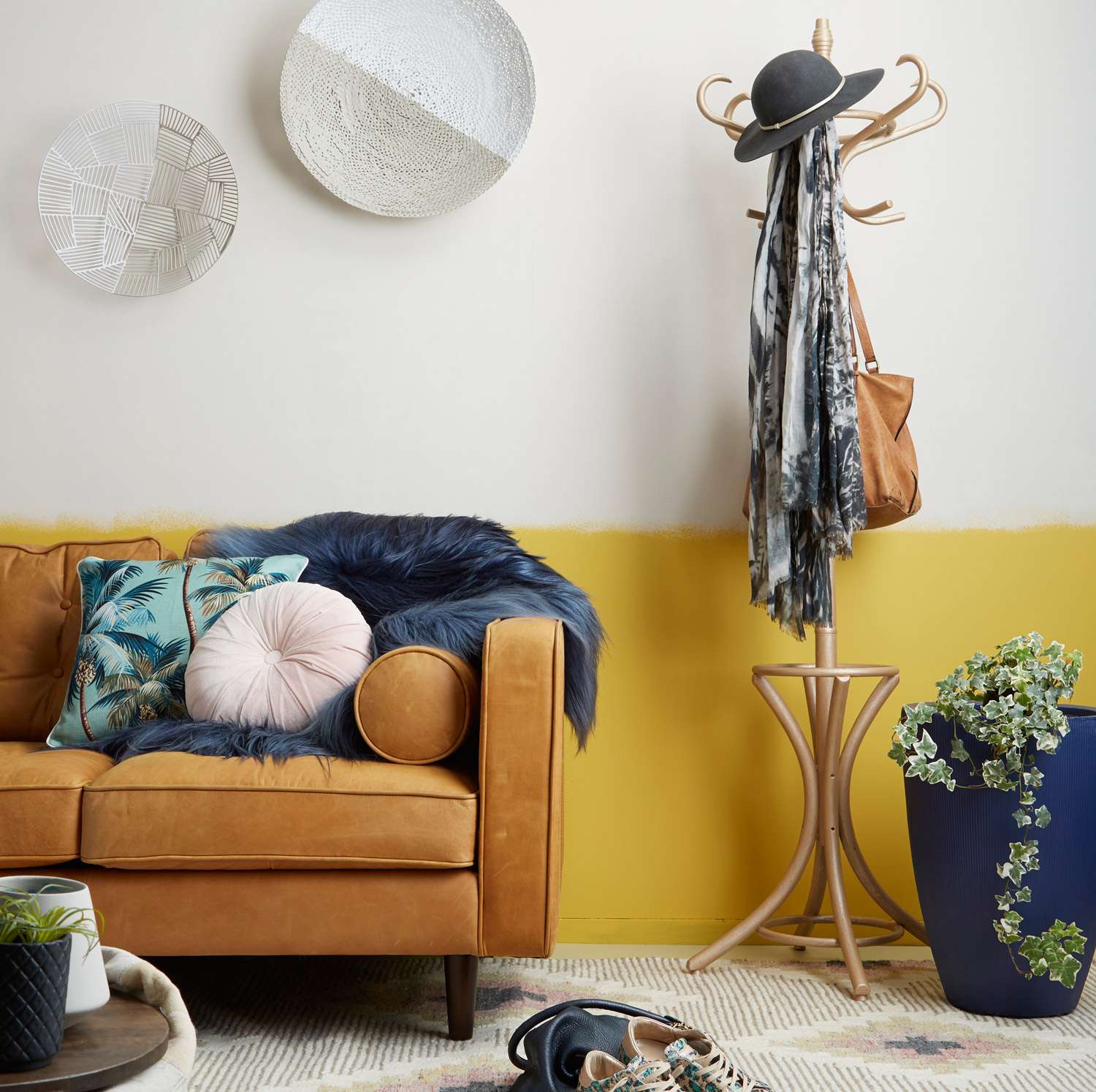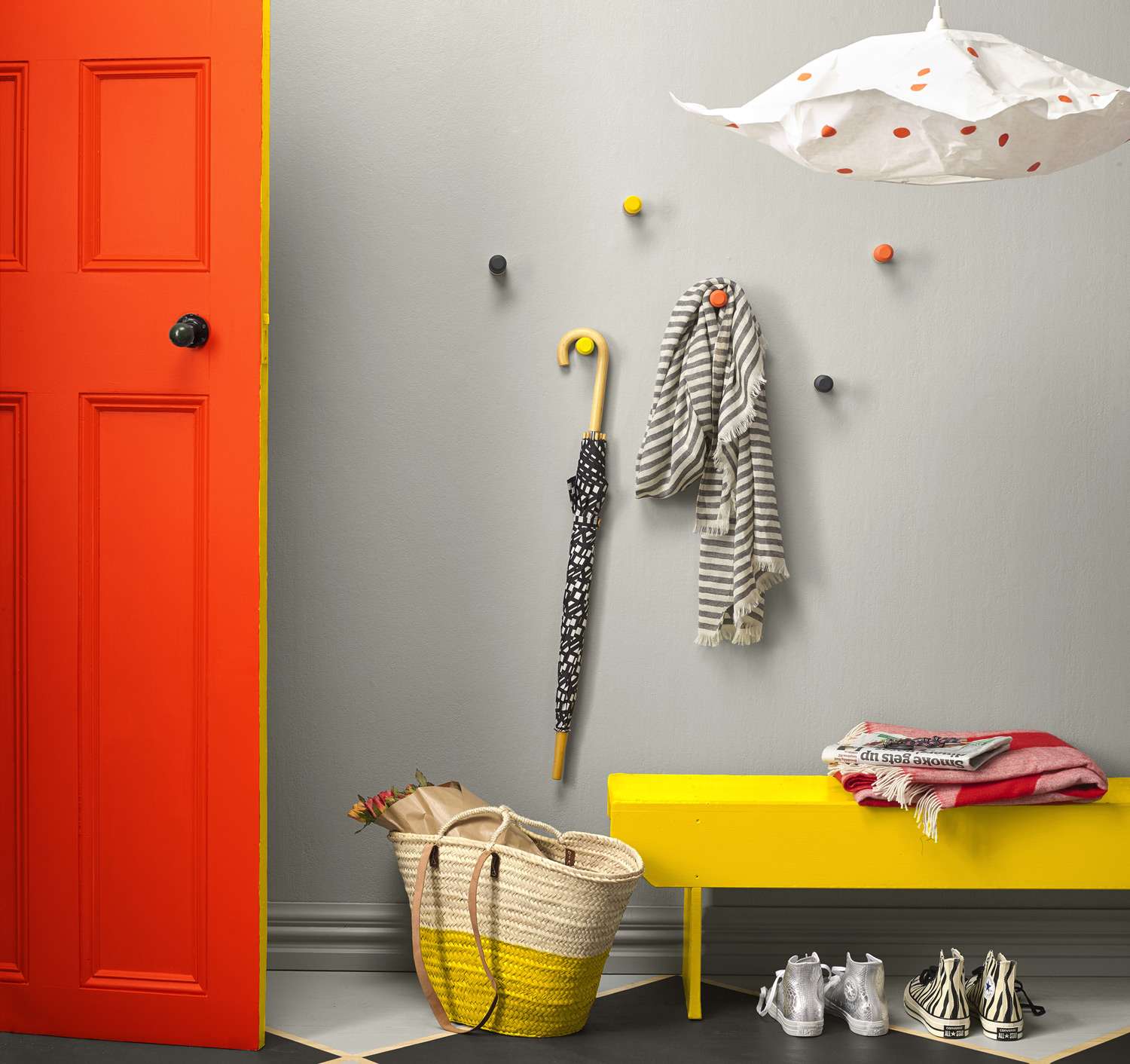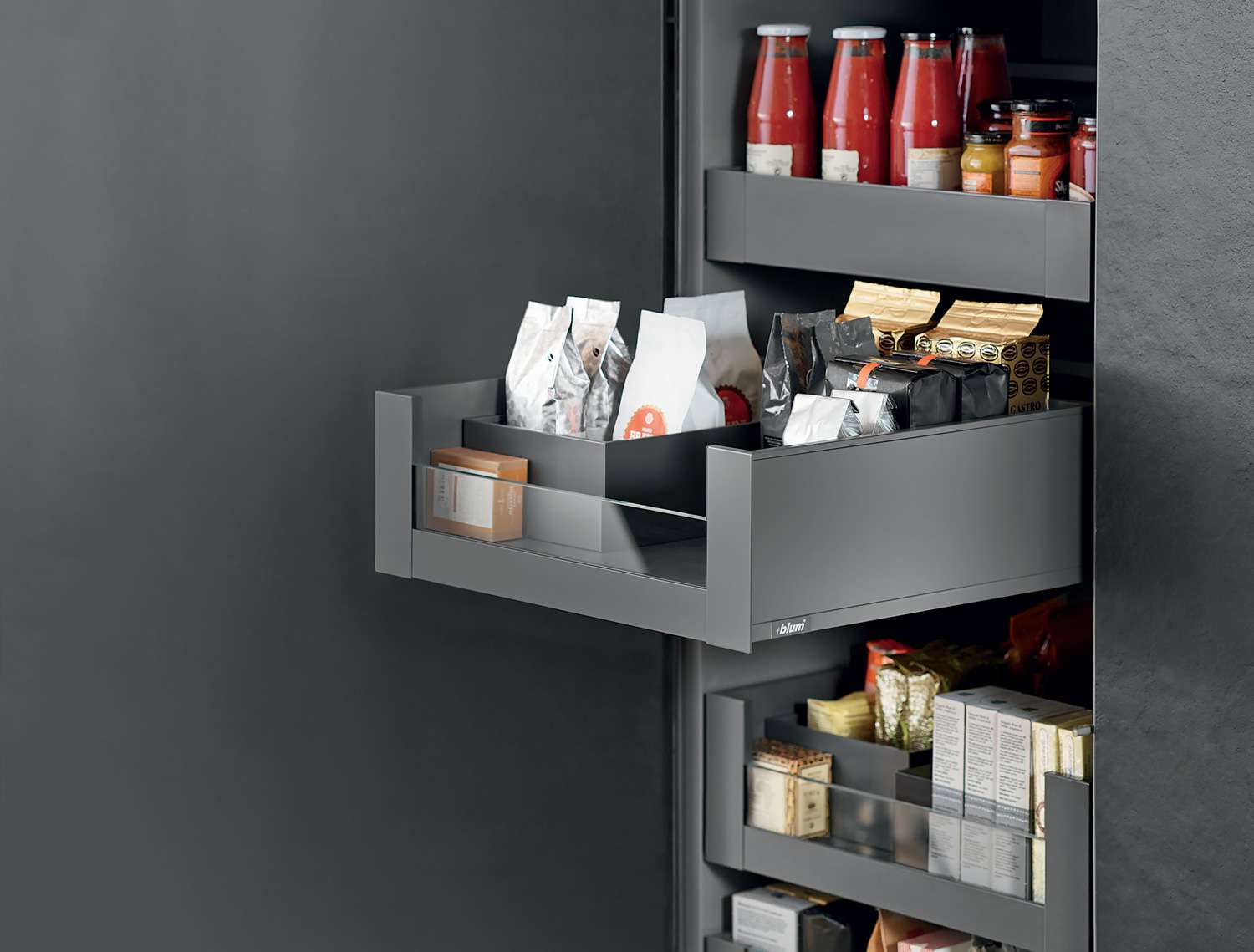A pragmatic look at preparing your home for the challenges you know about - and the ones you don’t.
If you’ve found a home you plan to stay in for quite some time, it’s a smart idea to make sure it not only meets the needs of today but also the changes that may be on the horizon. While we may not be able to look into a crystal ball that’ll reveal everything that’s in store for us, it’s pretty safe to say that how we live in our houses now is likely to be quite different from how we’ll be living in them in five, ten or twenty years to come. Not only is smart technology drastically changing the way we live, work and play in our homes, there’s a much bigger picture to be seen here too.
Social, economic and age-related changes can greatly impact the way we use our personal spaces and what we need from them to support those transitions. Children stay at home longer than they used to while they study or launch a career; aging parents are staying longer in their own homes or opting to move in with other family members and more members of the family are now working from home at least part of the time. All of these things mean there are often more people in a house at any one time than in generations past, all with different needs, abilities and belongings to store.
If we don’t have a clear picture of what exactly we’re facing, the most important thing we can demand of our homes is flexibility. We need floor plans that will make it easier for us to lean into the changes that we know will be inevitable (like aging), as well as the unknowns - those tricky challenges that have yet to present themselves (such as an unexpected expansion of your family unit or a disability brought on by age or unforeseen circumstances). Try these tips to ensure your home will be agile enough to tackle future changes.
Start your property search
Making space where there is none
In a packed house, optical illusion can go a long way. Painting walls in graduated shades from darkest at the bottom to the palest at the top can help to create additional visual height. For even more interest, you could opt for diagonal stripes instead of horizontal ones. This also allows you to bring some bolder shades into a space that could be overpowered by a single, strong wall colour.
You can also use paint to create negative space and bring extra dimension to an otherwise small or boxy room. For example, you could paint a rectangular section of the wall in a bold colour then add shelves in the same colour to create the effect of a built-in bookcase without sacrificing floor space. If you have a boldly coloured couch or chair, frame it with a painted colour block on the wall behind it in a similar colour. It will both showcase your piece of furniture and make the room around it feel bigger.
A place for everything and everything in its place
Decluttering is important when a home is shared by a big family, but unless you’re a strict minimalist, you’ll always need plenty of storage.
When building a new home or planning any kind of renovation, always over-specify your storage and look for innovative ways to include more. Can you add shelves or cupboards into the roof, floor or wall cavities? Can you fit extra storage under beds and in the tops of wardrobes? Could the negative space within your staircase be outfitted with drawers?

Using a darker colour like Resene Thumbs Up for the bottom of the wall and a lighter colour like Resene Poured Milk for the top creates more vertical space, making the room feel bigger. The platters displayed on the wall have been painted Resene Napa and Resene Sea Fog, the vase is in Resene Eighth Stonewashed, the plant pot is in Resene Twilight Zone, the coat rack is in Resene Rose Gold and the floor is in Resene Yuma. Project by Annick Larkin, image by Bryce Carleton.
If you have the space, a mudroom can be a lifesaver when it comes to keeping clutter to a minimum. Once the preserve of large farmhouses, even urban homes can benefit from somewhere to keep frequently used coats, shoes, umbrellas, keys, hats, bags and scarves. When space is tight, a nicely painted cupboard in a porch or laundry can achieve the same result, as can adding some wooden hooks or pegs painted an eye-catching colour to the walls to keep school bags and other hangable clutter up off the floor.
In multi-storey houses, the staircase landing area is increasingly being converted to practical family space. Where once this might have been kept as a gallery area used only to display art and plants, clever homeowners are making more productive use of these landings as office spaces, play areas or even reading nooks.
Flexible outdoor spaces are increasingly important as houses get fuller. Just as you would indoors, creative design and painting ideas can help define outdoor ‘rooms’ for entertaining, playing or cooking. If the option is available, you could even add a roof or shelter to your decking to forge an all-weather extension to your interior space.
Top tip
Resene can help solve the problem of inaccessible light switches. Apply Resene SmartTouch conductive coating, connect into the switch plate and apply the Resene topcoat of your choice. To turn the lights on and off, just tap the wall. Ideal for hallways, open-plan living spaces, garages and bedrooms, Resene SmartTouch embraces a future where there’ll be no more stumbling around in the dark seeking out a switch. Since the basecoat coating can cover large swatches of the wall, it helps ensure people of all heights, ages and abilities are in full control.

A bench in Resene Sunflower and coloured pegs in Resene Adrenalin, Resene Sunflower and Resene Cod Grey brighten up this Resene Gull Grey mudroom and create more space by getting belongings up off the floor. The flooring pattern is in Resene Cod Grey and Resene Gull Grey. Project by LeeAnn Yare, image by Melanie Jenkin.
Cooking up a practical kitchen
Kitchens can be tricky when the house gets crowded. It’s the room everybody needs, the social centre of the home, and most homes tend to only have one. The key to creating a kitchen that works well starts with good planning.
Sophie Beets, Marketing Manager for Blum, says a practical kitchen needs three things: good workflow, so what you need for any task is right where you need it; high-quality motion, meaning items like your cupboards and drawers open and close with ease and without conflicting with one another; and enough storage. She recommends designing and planning your kitchen with five key zones in mind - preparation, cooking, washing up, provision storage and dinnerware storage. This will help make it not only efficient to use, but also keep mess at a minimum and easily allow more than one person to use the space at once.
Top kitchen tips:
Go for the largest sink you can fit and afford. It makes a huge difference to the ease and speed of clean-up, particularly for oven pans or entertaining.
Choose handle-free doors for a sleek, uncluttered look. Most open using a push mechanism, making them more accessible for people of all abilities.
Where possible, opt for more drawers over more cupboards. They’re easier to access and manoeuvre around.
Plan for autumn in spring
Another important feature to consider when it comes to future proofing your home is a shift in accessibility as you age. While your family members may not need them now, it’s much more manageable to make adjustments to your home that facilitate the use of mobility aids while you’re still fully mobile if you plan on keeping your home well into your later years. Waiting to make these types of renovations later on - especially under unexpected circumstances - can be stressful and expensive.
 Practical kitchen design allows for smoother workflow by ensuring the things you need for each task are exactly where you need them to be.
Practical kitchen design allows for smoother workflow by ensuring the things you need for each task are exactly where you need them to be.
Lifemark is an organisation that provides advice on safe and usable home design, offering a star-rating on new builds to score how well they will meet the needs of inhabitants over their lifetimes. But General Manager Geoff Penrose says there are also plenty of simple things you can adapt in an existing home to make it safer and more usable without the need for a massive renovation.
“The ABCs of home design is: A for access; can I get into the home? B for bathroom; can I use the bathroom? And C is for circulation; once I’m in, can I move around?
“If your ability to move changes or if your vision becomes impaired, these things become more important. The earlier you start thinking about them, the better. That way you can do them in stages rather than having to make big alterations quickly if something changes in your circumstances.
Key things to think about:
Are the pathways into your home clear, slip resistant and well-lit?
Would attaching a handrail make it safer and easier to get around?
Are your doorways wide enough to accommodate mobility aids? Lifemark recommends a minimum width of 860mm.
Would your door handles and taps still be reachable if you weren’t standing? Lever handles are among the easiest to use from every angle.
Toilets, showers and baths that are up against walls allow for handrails to be added when needed. If you’re renovating, consider reinforcing these walls so rails can be added later if they’re needed.
In a bathroom, it’s worth noting that most wheelchairs require a 1.5m turning radius. Those using a walker need a similarly sized area too.
“It’s not a matter of making wholesale expensive changes when you don’t need them right now,” says Geoff.
“It’s about being aware that you might need them - or that future buyers of your property may need them - and making small, incremental changes as you can.”
Find out more at lifemark.co.nz.
For more colour ideas and inspiration, visit your local Resene ColorShop or view the latest looks online at resene.co.nz/latestlooks.













